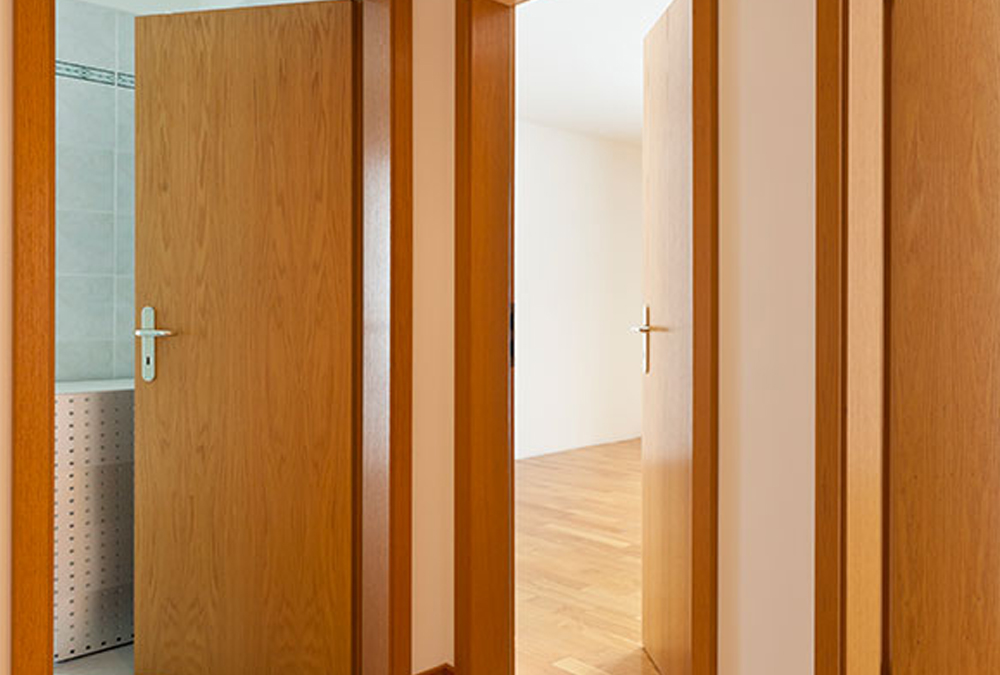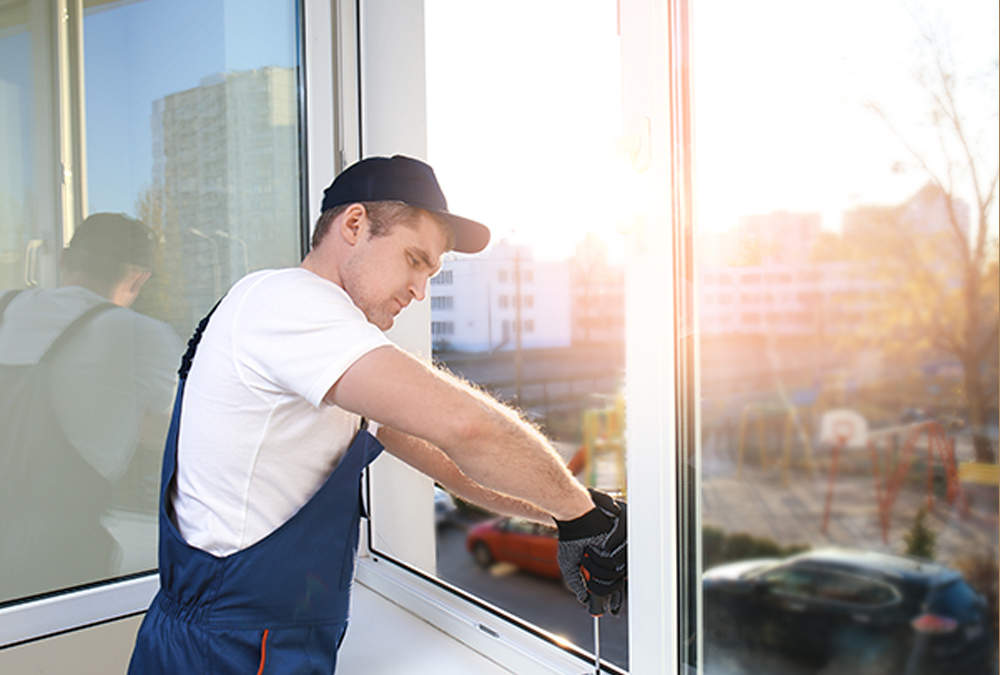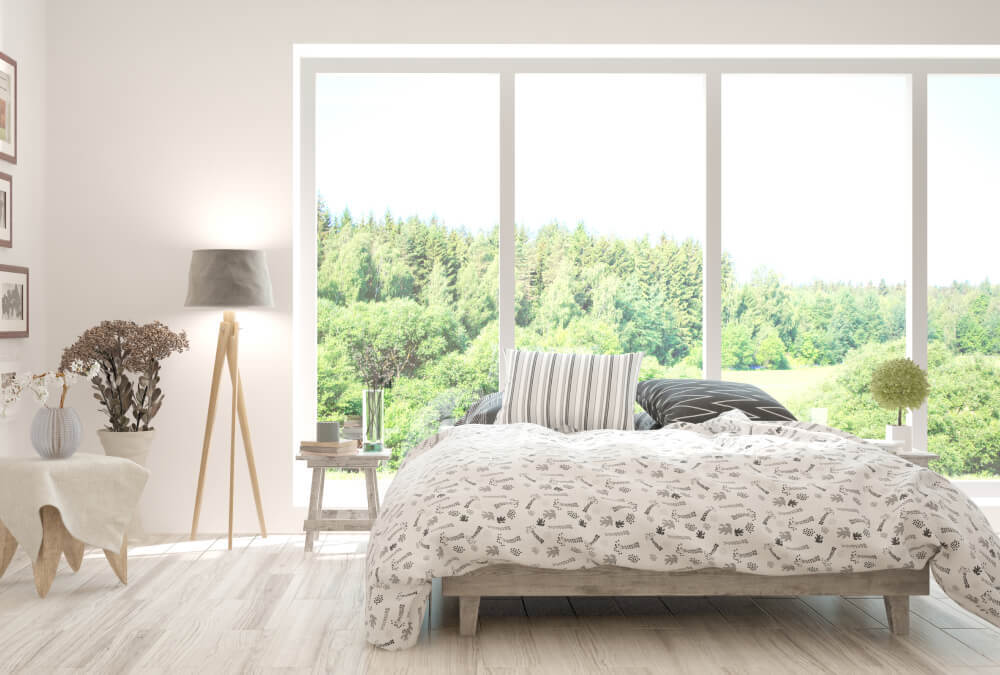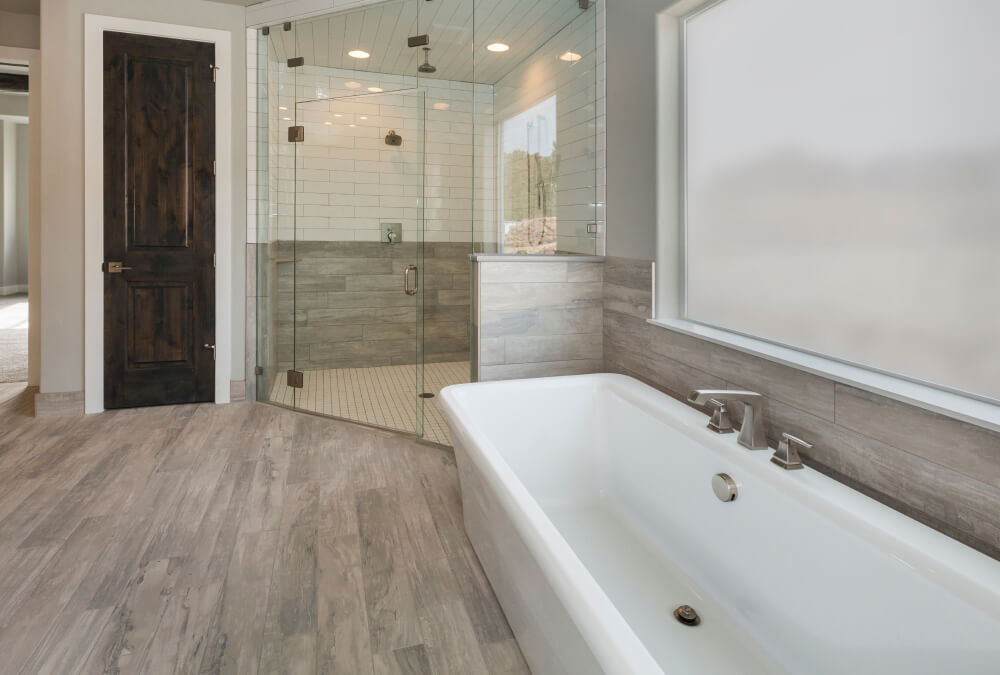Interior door installation isn’t rocket science, but if you’re a DIY-spirited homeowner about to take on this project for the first time, there are some things that you should keep in mind.
Whether you’re replacing your interior doors due to damage or because you prefer a different model, changing up your doors can really bring new life to your space. They don’t always get their due credit, but doors are a crucial design element.
Of course, the function of interior doors is just as important as their aesthetic. Why divide your house into rooms if the doors that separate them don’t fit properly in their frames?
In this blog post, we’ll go over five things interior door installers want you to know before getting started on this home improvement project.
Explore types of interior doors
The best interior doors are the ones that fit the look of your home while also having the functionality you need. There are more options than you can imagine, so we recommend shopping around before deciding on a model. Here are just a few kinds to look out for:
Flush doors
These doors sit flush with the door frame (hence the name) and tend to have simple, minimalist design. They give a clean, modern touch to any room you put them in.
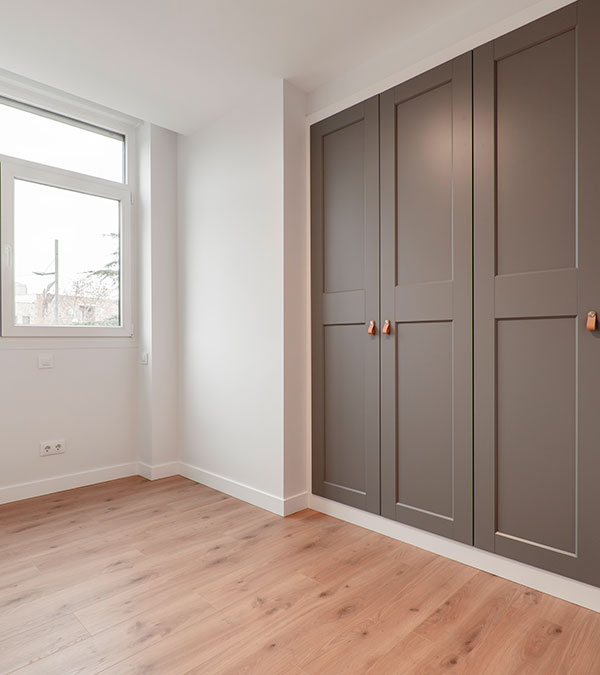
Panel doors
This kind of door is made of panels of wood instead of a solid wooden block. Panel doors are a classic favorite and come in a variety of patterns, with four and six panel designs being popular choices.
Louvered doors
These are doors that have horizontal slats, providing some privacy while allowing ventilation to occur. They’re a popular choice for closet doors.
Bifold doors
Bifold doors have an extra hinge in the middle, so you can fold the open door onto itself and it doesn’t take up so much space. These doors are perfect for small areas and are often used as pantry doors.
Chalkboard doors
Just to give you an idea of the funky doors you can find when you look around, one unconventional option is a door coated with porcelain enamel, aka chalkboard material. This could be a fun option for a child’s bedroom or even to turn the pantry door into a sign featuring the dinner menu for the week.
Evaluate your doorframe
The doorframe is the framework that supports the door; it includes the jamb, the casing and the threshold. An interior door installation turns into a trickier project if the entire doorframe has to be replaced. Fortunately, oftentimes you can get away with changing the door without modifying the doorframe.
If your doorframe is free of damage, properly installed, and the aesthetic doesn’t clash with that of your new door, then there’s no need to touch the doorframe. If you’re not sure about the condition of your doorframe, you can always consult with an expert who can help you decide whether to keep or replace it.
Get the size right
A key to successful interior door installation is getting the size of the door exactly right. A door that’s too big will scrape the doorframe or damage the floor as it closes. Or, if it’s really too big, it won’t shut properly at all. A door that’s too small, on the other hand, will leave ugly gaps and won’t effectively block light or noise.
Though exact measurements will vary by project, a general rule of thumb is that the door should be 2 inches narrower and 2-2.5 inches shorter than the wall opening in order to account for the doorframe (in the case that the frame isn’t installed yet). There’s not much room for error here so, when in doubt, check your math with a professional before you cut your door too small!
Seal wood doors
It’s easy to forget that wood expands when exposed to high temperatures and humidity; unfortunately, if you don’t remember, your wood door will remind you on the first days of summer when it suddenly doesn’t close with the same ease.
So, what can you do about this? Some carpenters recommend acclimating wood doors before proceeding with the interior door installation. This can certainly be helpful in some cases, but the most important thing is to finish your door with a tried and tested sealant such as polyurethane.
Have a buddy standing by
One mistake people make when attempting interior door installation for the first time is trying to do it all by themselves. While it’s true that most parts of the task only require one person, at some point you’ll need someone to hold the door steady while you attach the hinge to the doorframe. So make sure to have a friend closeby for this step.
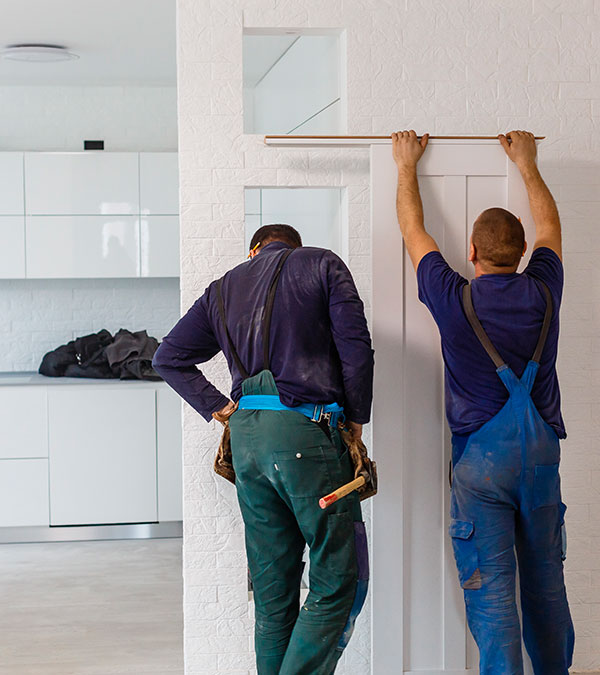
If you’re inspired to try your hand at installing a door, go for it! If the idea suddenly seems a bit daunting, the good news is that interior door installation costs tend not to be too high, since for a professional it’s a simple and quick job.
Are you in the process of taking your house to the next level? If so, why stop at interior doors? Learn how to boost your home’s curb appeal with a new exterior door or a window replacement. Contact us at PIC Home Pros any time if you have questions or want a free quote for our services!

